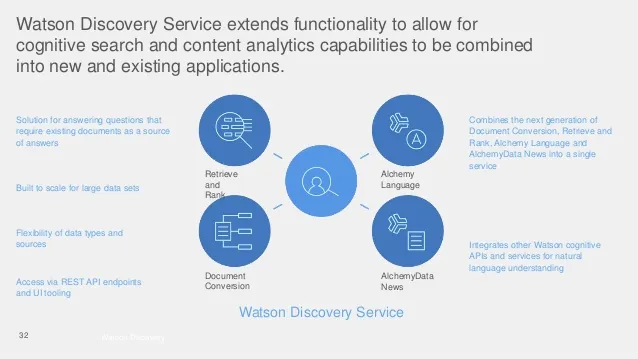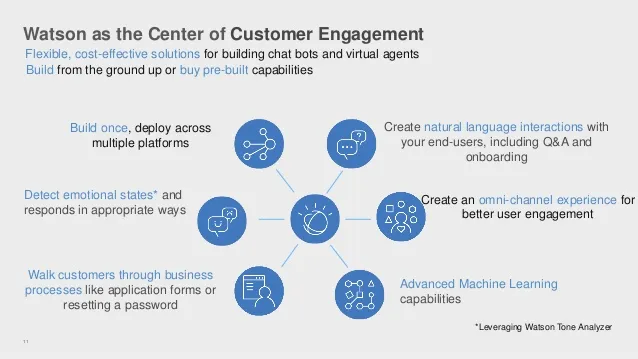A Human-Like Interactive Chatbot: Here’s How It Works in Customer Service
Did you know that if 700 customer service employees worked every day, answering countless numbers of calls, it can lead to a lot of wasted time, money and effort? Luckily, a chatbot can alleviate some of that pressure. Chatbots have the ability to answer all knowledge-based questions that are retrieved from an internal system. Instead of having your team spend endless hours answering tedious questions, your customer service team can now spend time focusing on answering the more challenging customer questions and on improving customer satisfaction. Exploring how a chatbot can add value to your customer service department could be valuable, but how does a human-like interactive chatbot actually work? Well, we applied it in a real-life situation and we’ll show you just how a chatbot worked for us within an insurance company.
A Human-like Interactive Chatbot: Here’s How It Works
The chatbot workflow starts with a user – e.g. employee or client – that asks a question by using a User Interface (UI) – the part of the machine that handles the human–machine interaction. Typically, the response a user will receive is directly based upon two types of questions being asked: long tail questions and short tail questions. The question is processed and is sent to Watson Conversation which uses a dialog tree to structure the conversation and, in the end, to formulate a response.
- If it is a short tail question, Watson Assist – formerly Watson Conversation – is able to quickly and easily reply to the user’s query through the UI. Watson Conversation is trained to recognize intents (e.g. what does the user want to achieve) and entities (e.g. what topic is the user talking about) with a wide variety of user formulations. For example:
- “Does my insurance cover physiotherapy?”
This sentence will be recognized as ‘request for information’ (intent) and ‘physiotherapy’ (entity).
- In the case of a long tail question, where questions are more complicated and where Watson Conversation is not capable of giving a direct answer, the question will be sent to Watson Discovery. From there, it is then able to extract and return the most relevant answer based upon the data from a large number of stored documents. For example:
- “Do I need a referral from my doctor to get physiotherapy?
Watson Discovery can be trained to improve on its answers, and continues to improve on the answer relevance scores it produces. You can train Watson Discovery by inserting sample questions and by indicating the relevance of the documents. Next, it will use that information to train and update its integrated machine learning model.
In a recent project that involved implementing a chatbot at an insurance company, Watson Discovery was trained by the customer service employees themselves since they know which documents are available and which are relevant to each topic. Let’s elaborate on this case some more.

IBM Watson Overview (IBM). (2017, Jan). Watson Discovery Service [digital image]. Retrieved from https://www.slideshare.net/psuedtechnet/ibm-watson-overview
Adapting Watson Chatbot to Insurance Companies
According to IBM, “Nearly 80% of contact centers say their current customer service systems won’t meet their future needs,” and insurance companies are no exception.
As insurance regulations and policies continue to be in a state of flux, insurance companies are venturing out and exploring better, more efficient options. One of those options include the use of cognitive computing systems to help them improve handling claims that typically rely on manually extracting great quantities of information from a variety of sources.
In the case of the insurance company, the chatbot holds a great number of documents from the company’s own database. Additionally, relevant pages from the company’s website were also included in the database, along with countless topics pertaining to insurance and information that could be relevant to its customers.
Get to know what is important in implementing a chatbot by reading our “Top 4 Best Practices for Implementing an IBM Chatbot” blog.

IBM Watson Overview (IBM). (2017, Jan). Watson as the Center of Customer Engagement [digital image]. Retrieved from https://www.slideshare.net/psuedtechnet/ibm-watson-overview
The Moment of Realized Success
The advantage of setting up a chatbot using IBM Watson is that you can achieve quick results.
Our first moment of success was a month and half into its launch. We were sitting at the customer service department at the insurance company and overheard an employee repeating a customer’s question who had called in for information. After having to search for the relevant document and dig through the database, the customer service employee responded two minutes later.
We then asked our chatbot that very same question, and it gave us the exact same answer within two seconds!
Will It Teach Itself or Can We Improve on Its Capabilities?
Chatbots can be very beneficial to your business if they’re created and maintained properly. Having a chatbot to connect better with the customer demands accurate service provided in an empathetic and human-like matter. Human adjustment here and there are therefore crucial to improve the chatbot.
As it is proven that insurance companies that implement Watson chatbots assess insurance claims about 25% faster, time savings are a great motivation to constantly improve the chatbot. In this case, the next steps will include improving the conversation structure so the chatbot can ask in-depth questions to the customer and come up with an even more accurate answer. In addition, we are beginning to implement the bot in the IT infrastructure of the company such that it can retrieve all necessary information.
Currently, we are working on including customer details that will help the chatbot personalize the output and to return answers that take into account all relevant customer data available. For example, after asking for the customer’s insurance number, Watson will be able to identify who it’s talking to. For example, Watson will know the customer’s age and gender, any additional changes he/she has made to their insurance packages, and which reimbursements he/she already received, etc.
Although chatbots won’t completely wipe-out living, breathing humans in all desk jobs, they are showing signs that their use will benefit the user, consumer, and the functionality of the company as a whole. With improved customer satisfaction due to higher service levels, improved employee satisfaction due to the replacement of repetitive tasks for more challenging ones and increased profits due to increased customer retention and operational efficiencies, chatbots have the potential to be very beneficial for your business, if they are created and maintained properly.
If you would like to found out more about implementing and embedding a chatbot into your organization, please contact Ivo Fugers, Data Scientist and IBM Watson Expert at ORTEC Consulting, via ivo.fugers@ortec.com or +31 (0)88 678 3265 or via our website: www.ortec-consulting.com.
*This post was written in collaboration with Wim Jansen
The post A Human-Like Interactive Chatbot: Here’s How It Works in Customer Service appeared first on This Complex World.